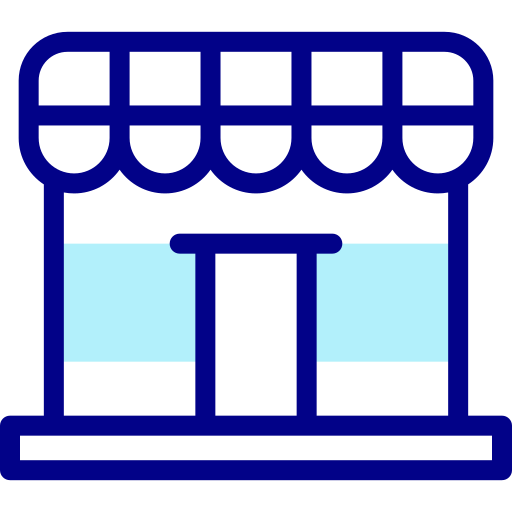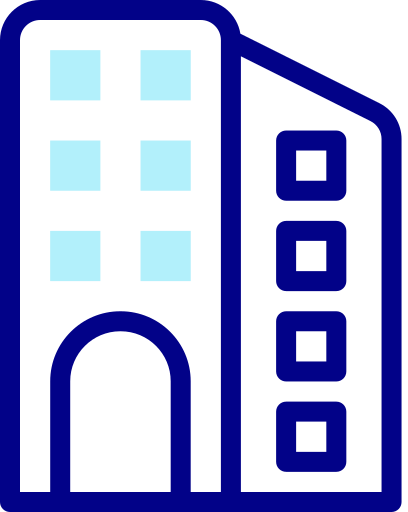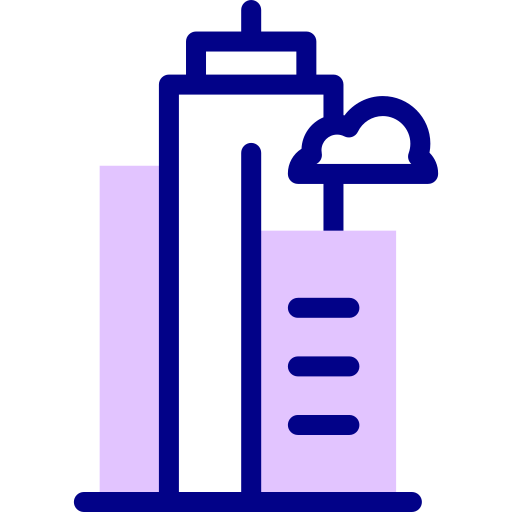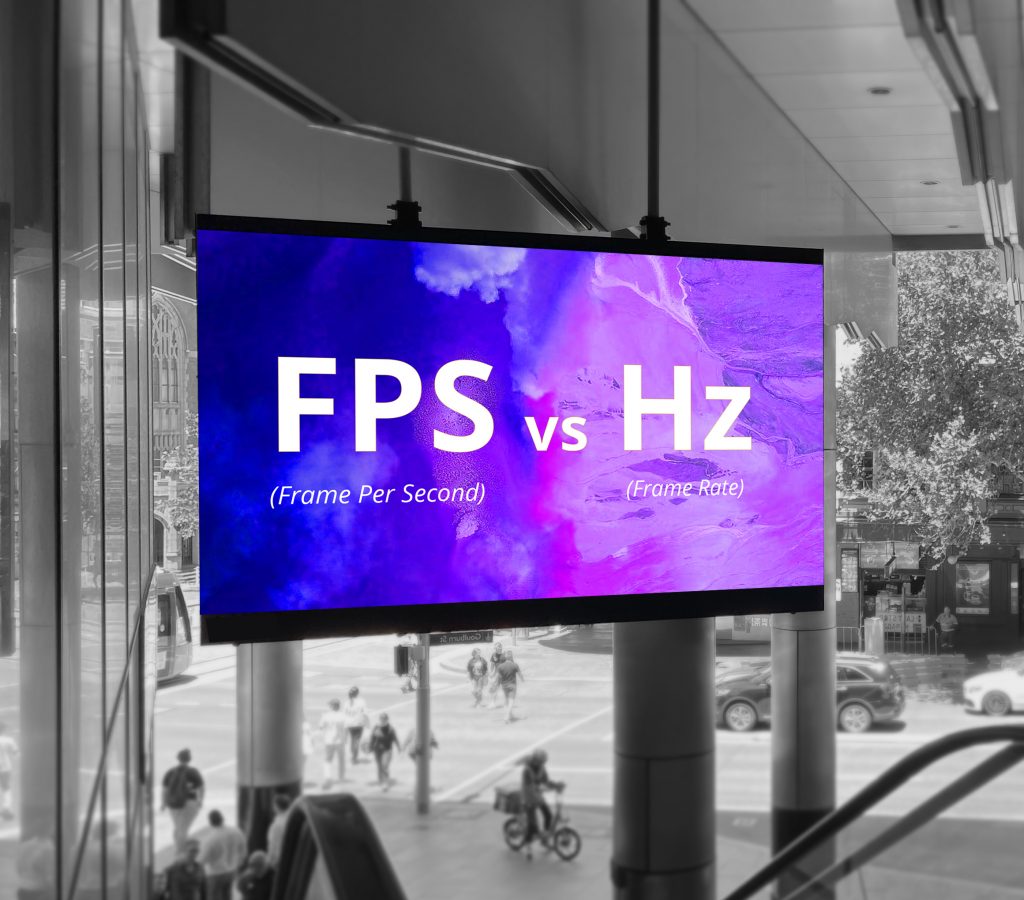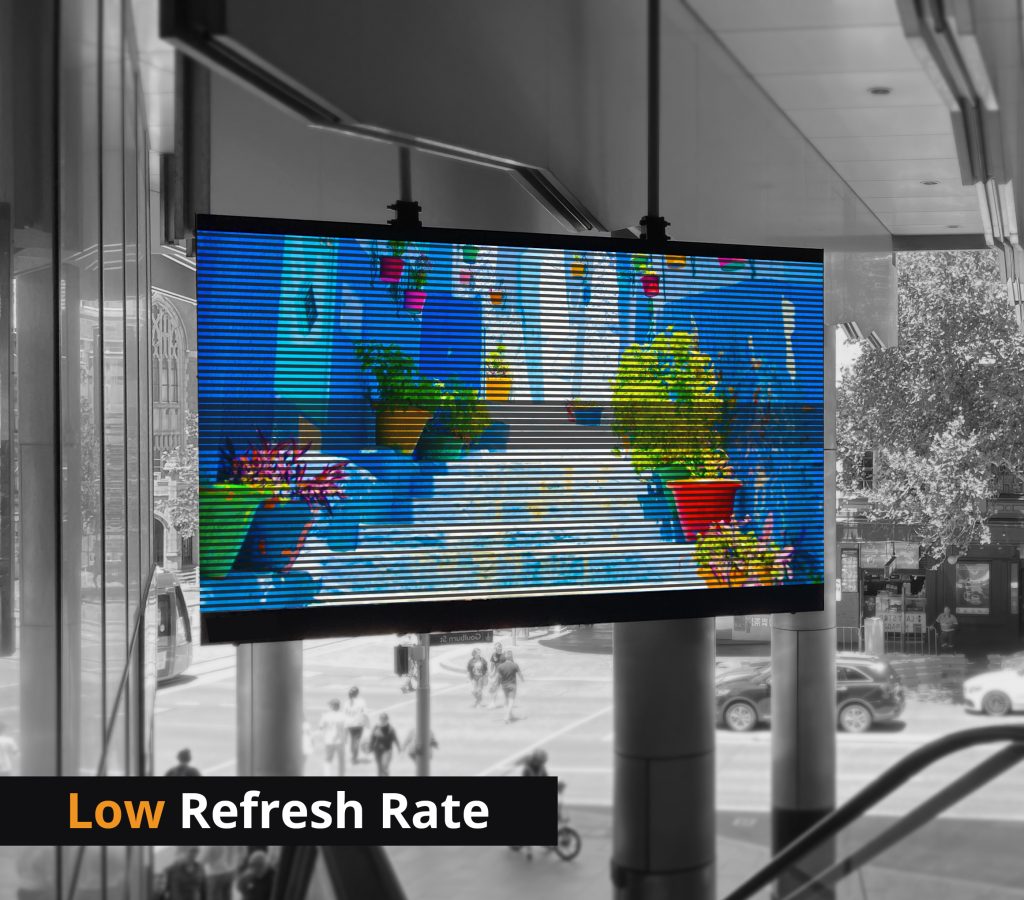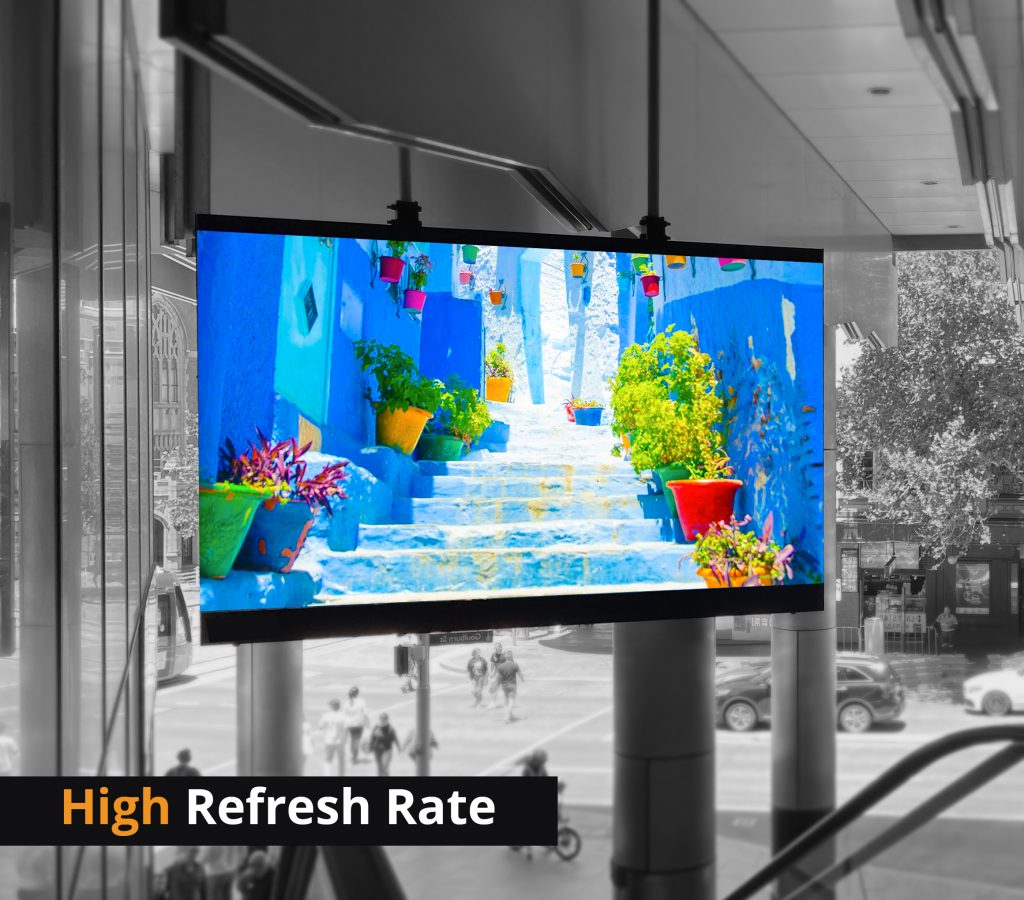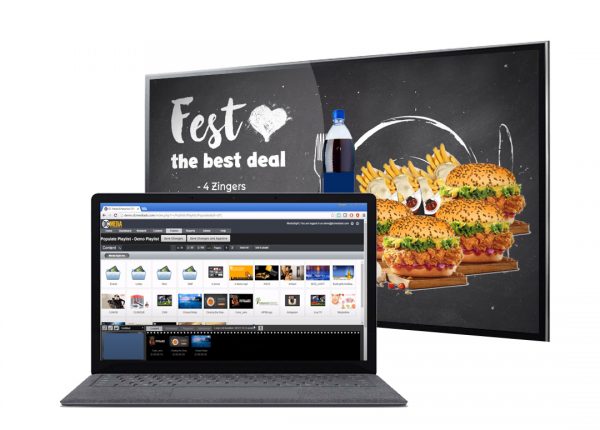If you’re considering installing a large format LED video wall in your retail outlet, you’ll likely have many questions. From the size of the screen to the pixels and the operating system, getting each element right is key to maximising the value and results.
To ensure your video wall delivers the best visual experience for your customers, it’s important to understand what the different specifications mean and how they will affect the quality of your display. One area that we’ve found that can cause confusion is the refresh rate. It’s often thought to be the same as the frame rate which it shares some similarities with, however, they are used to measure two different things.
So if you’re looking at installing an LED video wall for your retail outlet, read on to find out more about the refresh rate and why it matters.
Frame rate vs. Refresh rate
Both the frame rate and refresh rate measure how many images your screen shows per second, but they are subtly different. The frame rate is measured in frames per second (fps) and relates to the content itself and the number of frames your graphics card and processor can produce in one second. On the other hand, the refresh rate is how many times your monitor can completely refresh the screen per second and is measured in hertz (Hz). While the frame rate is fairly standard across most LED products at around 50–60 fps, the refresh rate can vary a lot which will have an impact on your display.
Impacts of a low refresh rate
So what happens if your refresh rate is too low? A low refresh rate will impact the viewing experience of the display, especially when looked at through a camera. This can mean your display shows black scan lines or video trailing smear where the image appears disconnected. It can also affect the colour and create mosaic or ghost-like patterns across the screen which significantly affect the image quality and visual experience of the viewer.
What is the optimum refresh rate?
For the best results on your indoor LED video wall, the refresh rate should be high, ideally around 3000–3840 Hz. In addition, the frame rate and refresh rate should be well aligned. What we mean by this is, to get the best visual display you not only need a high refresh rate, you’ll also need your central processing unit and graphics processing unit to produce enough frames per second to take full advantage. On the flipside, if your refresh rate is low and your frame rate is high, you will not get an optimum result either.
Expert advice for peace of mind
If the technical specifications on digital signage are confusing, seeking expert help can provide clarity on the best fit for your needs. Our team has installed LED video walls across a broad range of retail environments and have the knowledge and practical experience to deliver the ideal solution.
Get in touch with us on 1300 339 873 to discuss your needs today!

